‘Fallout’ Tells The Story Of The Journalist Who Exposed The ‘Hiroshima Cover-Up’
Enlarge this image
In this 1945 file photo, an Allied war correspondent stands in the ruins of Hiroshima, Japan, just weeks after the city was leveled by an atomic bomb.
AP Photo
hide caption
toggle caption
AP Photo
Simon Says
After Hiroshima Bombing, Survivors Sorted Through The Horror
Hersey wrote a 30,000-word essay, telling the story of the bombing and its aftermath from the perspective of six survivors. The article, which was published in its entirety by The New Yorker, was fundamental in challenging the government’s narrative of nuclear bombs as conventional weapons.
«It helped create what many experts in the nuclear fields called the ‘nuclear taboo,' Blume says of Hersey’s essay. «The world did not know the truth about what nuclear warfare really looks like on the receiving end, or did not really understand the full nature of these then experimental weapons, until John Hersey got into Hiroshima and reported it to the world.
Interview highlights
Enlarge this image
Simon & Schuster
Law
Hiroshima Atomic Bombing Raising New Questions 75 Years Later
As news started to filter over from Japanese reports about what it was like on Hiroshima and Nagasaki in the aftermath, wire reports started picking up really disturbing information about the totality of the decimation and this sinister … «Disease X that was ravaging blast survivors. So this news was starting to trickle over early in August of 1945 to Americans.
And so the U.S. realized that not only were they going to have to really try to study very quickly how radioactive the atomic cities might have been, as they were bringing in their own occupation troops. But they [also] realized that they had a potential PR disaster on their hands, because the U.S. had just won this horribly hard-earned military victory, and were on the moral high ground, they felt, in defeating the Axis powers. And they had avenged Pearl Harbor. They had avenged Japanese atrocities throughout the Pacific theater in Asia. But then reports that they had decimated a largely civilian population in this excruciating way with an experimental weapon — it was concerning because it might have deprived the U.S. government of their moral high ground.
On how Hiroshima and Nagasaki were seen as souvenir sights for American military
History
An Atomic Bomb Survivor On Her Journey From Revenge To Peace
Hiroshima was seen as a site of just enormous victory for these guys. And a lot of them would go even to to ground zero of the bombings in Hiroshima. … They saw it as a souvenir site. It’s essentially a graveyard. There are still remains that are being dug up in Hiroshima and Nagasaki today. But many of them kind of pillaged the ruins to grab a souvenir to bring home. It was the ultimate victory souvenir. So whether it’s a broken teacup to use as an ashtray or what have you, they went and they took their equivalent of selfies at ground zero. At one point in Nagasaki, Marines cleared a football field-sized amount of space in the ruins and they had what they called the «Atomic Bowl, which was a New Year’s Day football game where they had conscripted Japanese women as cheerleaders. It was an astonishing scene in both cities. They were seen as sites of a victory. And most of the «occupationaires were totally unrepentant about what had gone down there.
On Hersey getting a firsthand account from Rev. Kiyoshi Tanimoto of what the moment of the bombing was like
Rev. Tanimoto, at the moment of the bombing, was slightly outside of the city. He had been transporting some goods to the outskirts of the city and he was up on a hill. And so therefore, he had a bird’s eye view of what happened. He fell to the ground when the actual bomb went off. But then when he got up, he saw that the city had been enveloped in flames and black clouds. And … he saw a procession of survivors starting to straggle out of the city. He was just absolutely horrified by what he had seen and baffled, too, because usually an attack on this level would have been perpetrated by a fleet of bombers. But this was just a single flash.
And the survivors who were making their way out of the city and who would not survive for long, I mean, most of them were naked. Some of them had flesh hanging from their bodies. He saw just unspeakable sights as he ran into the city because he had a wife and an infant daughter. He wanted to find his parishioners. The closer he got towards the detonation, the worse the scene was. The ground was just littered with scalded bodies and people who were trying to drag themselves out of the ruins and wouldn’t make it. There were walls of fire that were consuming the areas. The enormous firestorm was starting to consume the city. He, at one point, was picked up by a whirlwind, because winds had been unleashed throughout the city, and … he was lifted up in a red hot whirlwind. … It was just unbelievable that he survived not only the initial blast, but then [headed] into city center and the extreme trauma of having witnessed what he witnessed. It’s remarkable that he came out of it alive.
On how Hersey’s reporting changed the world’s perception of nuclear weapons
[Hersey] himself later said the thing that has kept the world safe from another nuclear attack since 1945 has been the memory of what happened in Hiroshima. And he certainly created a cornerstone of that memory.
Lesley Blume
The Japanese could not, for years, tell the world what it had been like to be on the receiving end of nuclear warfare, because they were under such dire press restrictions by the occupation forces. And so it took John Hersey’s reporting to show the world what the true aftermath and the true experience of nuclear warfare looks like. … It changed overnight for many people, what was described by one of Hersey’s contemporaries as the «Fourth of July feeling about Hiroshima. There was a lot of dark humor about the bombings in Hiroshima. [The essay] just really imbued the event with a sobriety that really hadn’t been there before. And also, it just completely deprived the U.S. government of the ability to be able to paint nuclear bombs as conventional weapons. … [Hersey] himself later said the thing that has kept the world safe from another nuclear attack since 1945 has been the memory of what happened in Hiroshima. And he certainly created a cornerstone of that memory.
Sam Briger and Seth Kelley produced and edited this interview for broadcast. Bridget Bentz, Molly Seavy-Nesper and Meghan Sullivan adapted it for the Web.
Обсудим?
Смотрите также:

